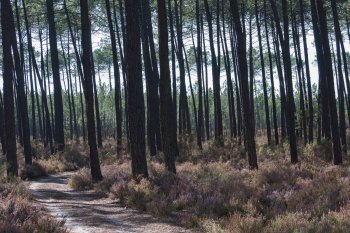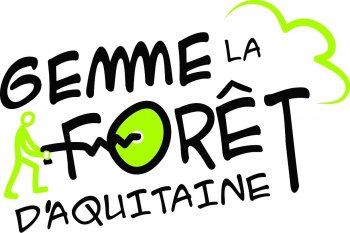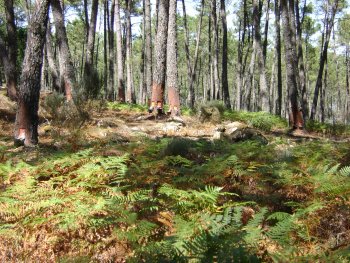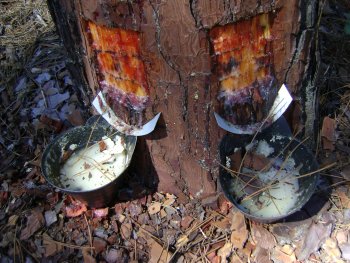Study of antioxidant activity of pine resin in Tunisia
Submitted by ibtissem taghouti on 16 December 2019The exploitation of pine forests in Tunisia which covered up to 50% of the total forest area could contribute and generate additional income sources for forest populations. Until now, the resin extraction knowledge was very limited and outdated. In the present study, the assessment of the biological performance of the resin was the main objective in order to detect the antioxidant activity of three pine species in the Tunisian forest.

























